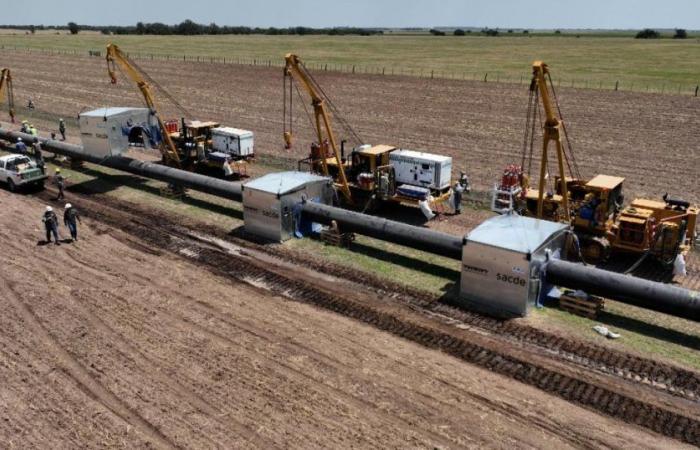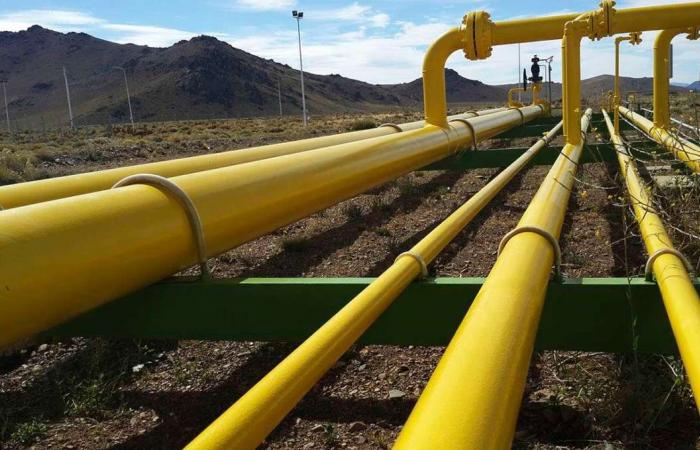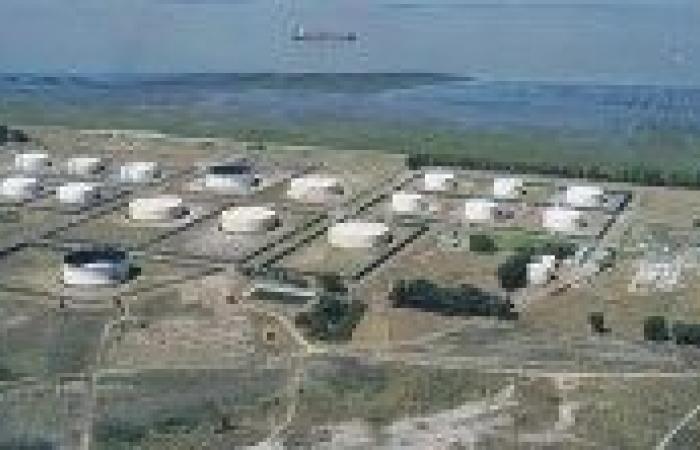In the country’s hydrocarbon industry it could be said that there are two very different types of problems. On the one hand, those derived from the lack of production, the famous decline of the conventional that was strongly felt in the last decade. While, on the other hand, there are “good problems”, those that arise from increases and changes in production. This is exactly what is happening in the natural gas segment thanks to Vaca Muerta and which also promises to multiply in a handful of years.
A little more than a decade after the start of activity in Vaca Muerta, the increase in natural gas production from Neuquén is a fact as palpable as the fact that in In May, the historical production record was broken with 105.58 million cubic meters per day only from Neuquén.
This increase in gas production, of 20% in year-on-year terms, was due to two key factors such as the enormous productive potential of Vaca Muerta, but especially, the expansion of transportation capacity with the start-up of the Néstor Kirchner Gasduct (GPNK) to be able to release part of that potential.
Of that total record production, More than 76 million cubic meters per day correspond to shale gas, the specific gas of Vaca Muerta which has in many of its areas a particularity that today is quite a dilemma.
This peculiarity is what is known as lThe richness of the gas, that is, the large amount of liquids it has such as ethane, propane, butane and liquid gasoline in addition to the methane itself, which exceed the separation capacity of existing plants and which also put treatment plants in jeopardy.
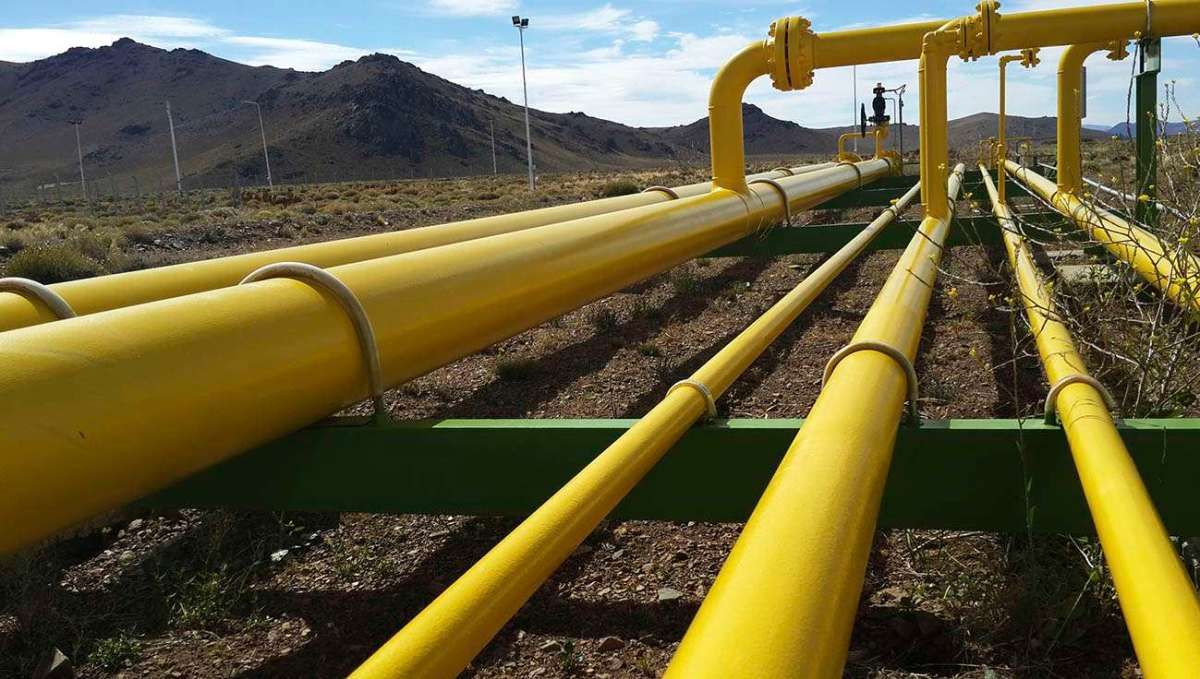
A lean gas has mostly methane, but a rich gas has a high amount of these other components that have their own markets such as ethane in the petrochemical sector and that are usually sold at international prices.
Something similar also happens with oil since, as detailed Miguel Wegner of CAI is that there are about 18,000 barrels of crude gasoline and 12,000 of LPG that are not being able to be supplied today. separate in the oil sector.
This is why The entity raised the issue this week in a special presentation they made during the First Midstream Conference organized by the Argentine Institute of Petroleum and Gas (IAPG) the need to right now begin to think about the “segregation” of both oil by its API gravity and natural gas by its richness.
The impact of the oil pipeline to Rio Negro
And especially in the case of natural gas there is a tipping point is just around the corner and it is the project that YPF has just started, called Vaca Muerta Oil South.
The flag oil company already section 1 of this work began which runs from the heart of Vaca Muerta to Allen with a new oil pipeline that will be added to the existing network of Oleoductos del Valle (Oldelval).
Section 2 is much longer and broader, since it not only involves extending the pipeline to the Río Negro coast, in Punta Colorada, but also building a large port there for oil exports.
This section 2 is currently in the international bidding process and with the door open to operating companies that want to join, since the loading of crude oil transport is 390,000 barrels per day.
And it is not a mistake to say that this work that is planned to be ready in 2026 will create a headache in the natural gas segment. Because it involves raising Vaca Muerta’s oil production to double the current level, something that iIt will inevitably lead to greater production of associated gas.
More gas associated with oil
Today, of the nearly 76 million cubic meters of natural gas produced exclusively in Vaca Muerta, they are about 15 million arrive as associates of oil.
It is a gas highly rich in liquids, which, as indicated, requires a different treatment than lean or dry gas and ideally a separation to take advantage of these liquids.
From the CAI, Dulce Gómez explained in her presentation the projections and scenarios that are envisioned. Firstly, adding a natural gas production of 10 million cubic meters -that is, counting the start-up of the two compressor plants of the Néstor Kirchner Gasduct- “The plant and pipeline infrastructure is sufficient in the basin”.
The problems begin to occur if 18 million cubic meters are added to the current production, something that would happen with stage 2 of the GPNK or expanding its compression as TGS has just proposed.
“Here The capacities of all plants are saturated and it is necessary to segregate currents”, explained the specialist and pointed out that this is why “we propose to segregate the qualities – of gas – to optimize the capacities of the plantsand prioritize those that have less ethane to send through the Central West Gasduct so that they go to Chile.”
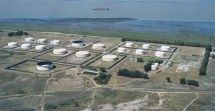
Furthermore, the proposal includes “Separate ethane where possible for use as fuel gas in thermal power plants and processing plants.”
After 2026with the Vaca Muerta Oil Sur system operating, Wegner assured that “More turbo expansion, fractionation and treatment plants will be required. Because there is no capacity in the separation and conditioning plants to absorb more gas associated with the crude oil.”
And he highlighted that “The good thing is that we already know that we have to do somethingThere are existing facilities that could be useful. We need to look closely at ethane because otherwise we will not be able to produce crude oil. You have to start with the plants that are underutilizedcomplete the TGS project so that it separates more liquids and a multi-purpose pipeline is missing.”
The specialists stated that the prognosis With the new export port, 20 to 30 million cubic meters of associated gas will be addedforcing not only the companies that participated in the Midstream Conference to multiply the expansion plans they are already carrying out, but also to face head on the problem of the overabundance that is to come.

